
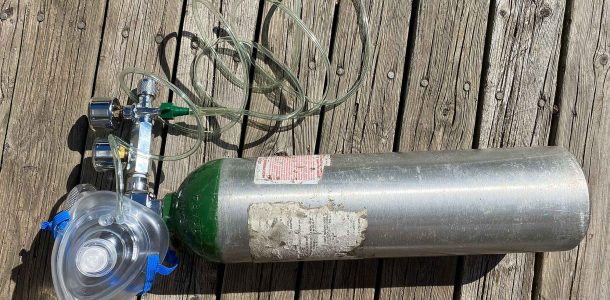
PADI Emergency Oxygen Provider course helps individuals recognize a diving illness and treat with emergency oxygen until help arrives.
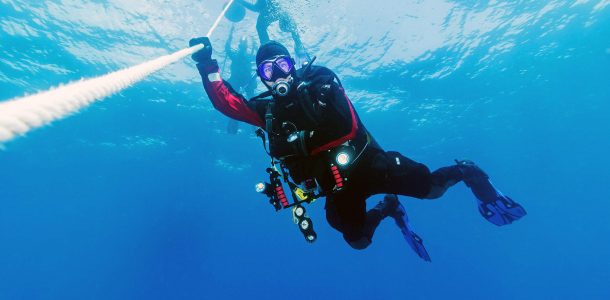
Safety stops are an important part of scuba diving as they slow down a divers ascent to the surface, allowing bodies time to off-gas.
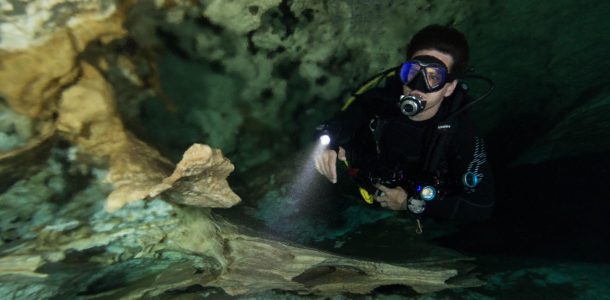
Thermoclines are layers of water determined by temperature. They exist in all lakes and oceans, dividing the sunlit upper layer from the cooler water below.
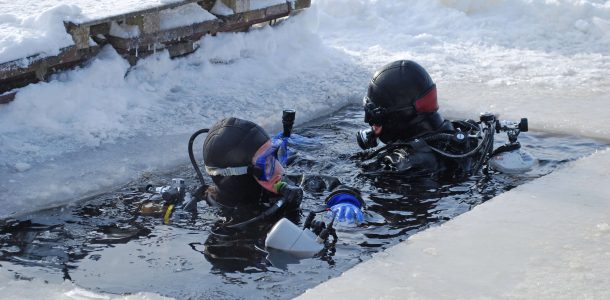
Whether you’re scuba diving in cold or warm water, in the sunny tropics, or the icy Arctic, being chilly on a dive is never fun.
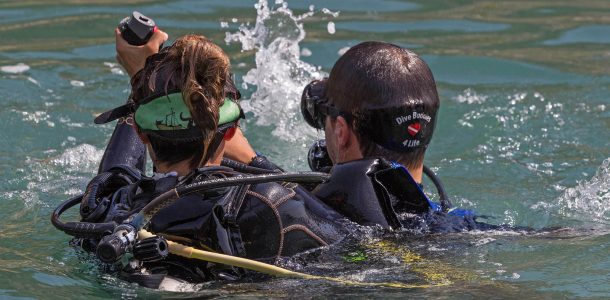
Becoming a PADI Rescue Diver is a great way to further your knowledge and give yourself the tools to stay safe on a dive.
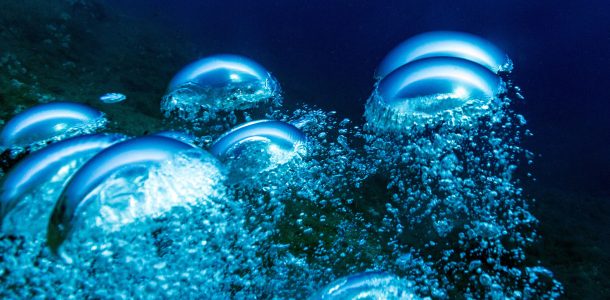
Are you a pig on air? You are not alone. Find out how you can get more out of your scuba diving tank.
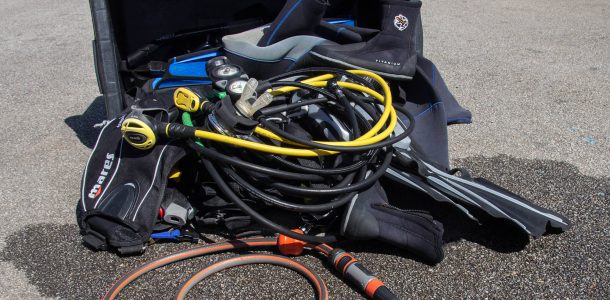
Everybody loves the idea of scuba diving, but the aspect of post dive cleanup is a much different story. It’s long, it’s tedious and it almost impossible to do it without getting wet - yet again.
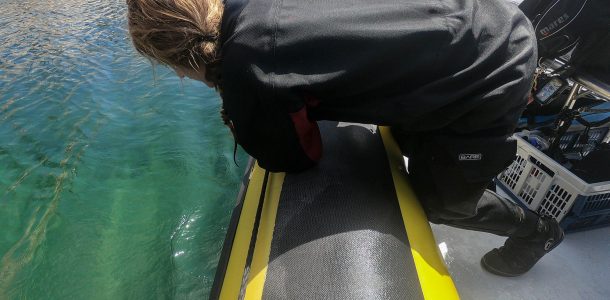
As a diver, sometimes you get hit with seasickness. Here are our solutions to dealing with seasickness before and during your dive.
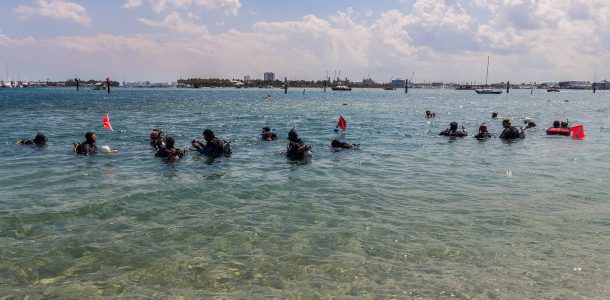
Organizing a dive vacation can be a challenge. To help, keep these four questions in mind when planning your next scuba diving vacation.
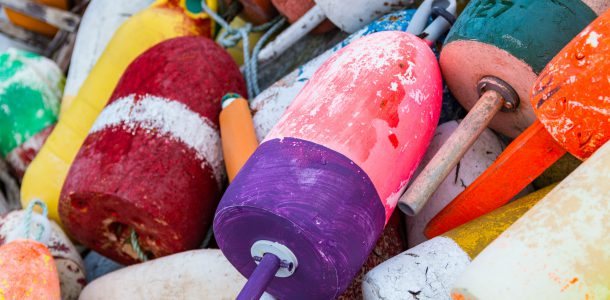
Sometimes a dive doesn’t go according to plan and when that happens, it’s important to be seen. Learn all about surface markers and why you should have one.
